Get to Know Purtis Creek State Park
Tuesday, May 24th, 2016This is Passport to Texas
Popular among residents of Dallas, Tyler and Houston, Purtis Creek State Park, 15-hundred acres of east Texas splendor, offers visitors a scenic and peaceful getaway.
When they first roll up, they’re going to see a beautiful hardwood forest that’s interspersed with some little savannah grassland.
Now that’s how to set a relaxing mood. Mendy Davis is park superintendent. She says the park offers camping—primitive or with amenities—a children’s play area, a swimming beach, miles of hiking trails, and plenty of catfish, crappie and bass in their 35 acre lake.
The lake was actually built as an experimental bass fishing lake. Our black bass are catch and release only because we’re trying to grow the larger size fish. So, if they have to throw back the black bass, are there fish there that they can take and maybe cook at the campsite? The crappie, as long as they are ten inches. You can only take five catfish a day, but they can be any size. That was created so that any child that catches their first catfish can take it home if they want to.
We talk more about this gem of an East Texas state park tomorrow, including volunteer opportunities.
We’re kind of looking for that birding person who wants to come out and lead a birdwatching hike for us.
That and other opportunities at Purtis Creek State Park tomorrow.
For Texas Parks and Wildlife, I’m Cecilia Nasti.
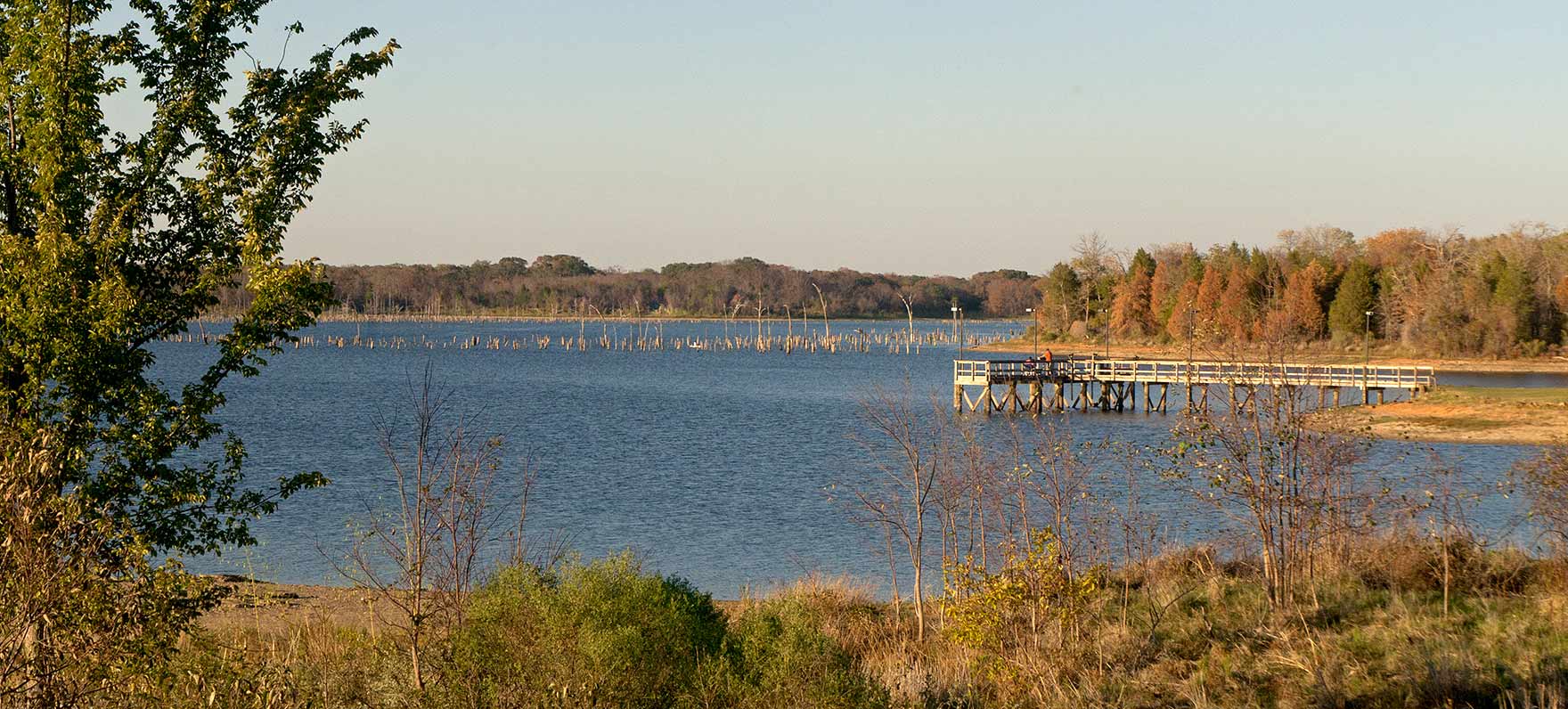

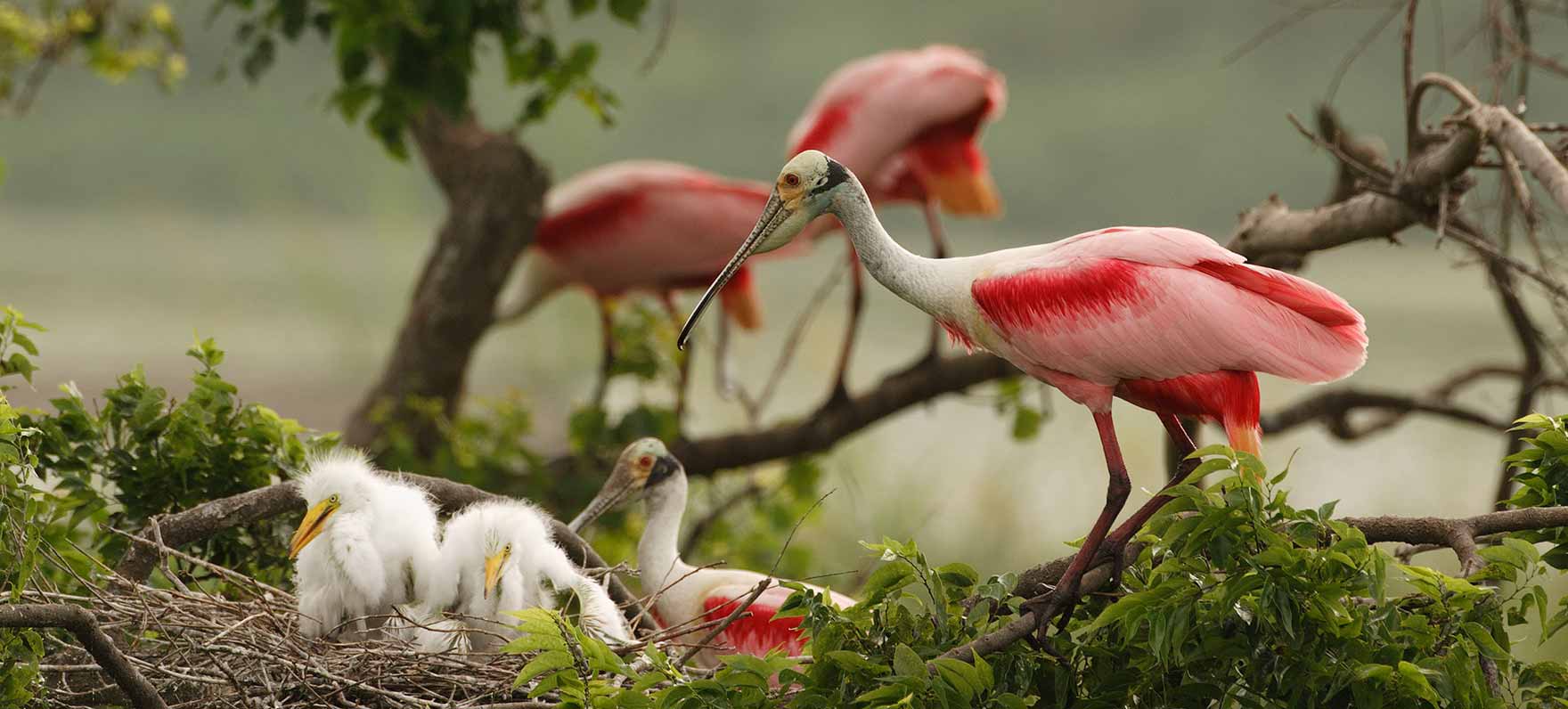
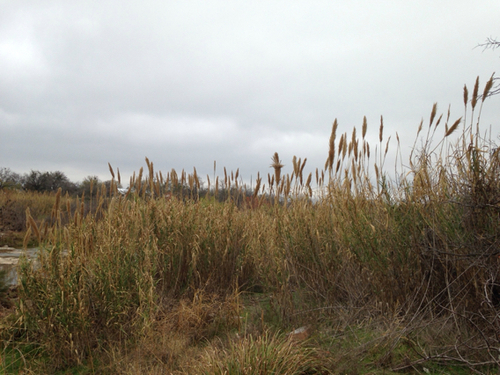
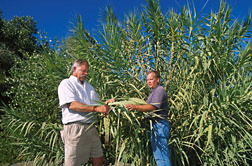
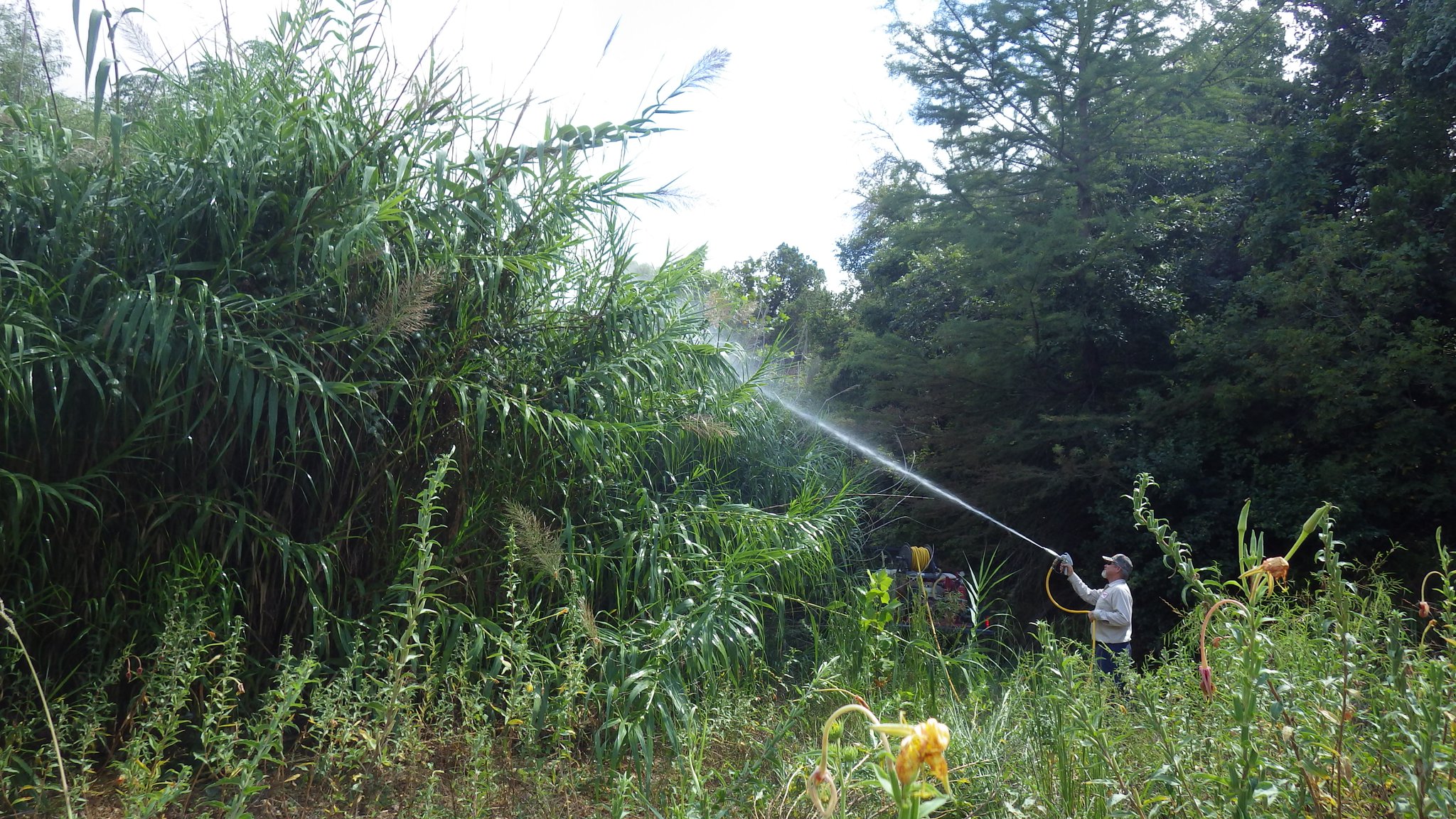

 Passport to Texas is a
Passport to Texas is a  Passport to Texas is made available by:
Passport to Texas is made available by: